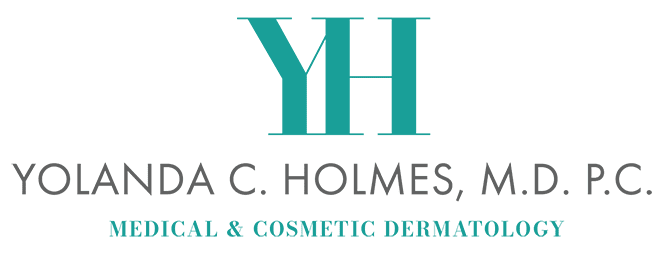

Botox neurotoxins are a type of injectable treatment that is commonly used to reduce the appearance of wrinkles and fine lines on the face. Botox works by blocking the signals that cause muscle contractions, which can help relax the muscles and reduce the appearance of wrinkles.
What conditions are Botox neurotoxins recommended for?
Botox neurotoxins are primarily recommended for patients who are looking to reduce the appearance of wrinkles and fine lines on the face. Botox can be used to treat wrinkles in various areas of the face, including the forehead, between the eyebrows, and around the eyes.
What are the treatment areas for Botox neurotoxins?
The treatment areas for Botox neurotoxins include the forehead, frown lines between the eyebrows, and crow’s feet around the eyes. Botox can also be used to treat other facial wrinkles, such as those around the mouth or chin, as well as certain medical conditions, such as migraines or excessive sweating.
How long do Botox neurotoxins last?
The effects of Botox neurotoxins typically last between three to six months, although this can vary depending on the individual patient and the specific treatment area.
Will it hurt?
Botox injections may cause mild discomfort or pain at the injection site, although this is generally well-tolerated. In some cases, your doctor may use a topical anesthetic to help numb the area before the injection.
Are Botox neurotoxins safe?
When performed by a qualified medical professional, Botox neurotoxins are generally considered safe and effective. However, like any medical procedure, there is a small risk of side effects, such as bruising, swelling, or allergic reactions.
Avoid if Botox neurotoxins treatment:
Botox neurotoxins may not be suitable for everyone. Patients who are pregnant or breastfeeding, have a history of allergic reactions to botulinum toxin, or have certain medical conditions that affect the muscles or nerves may not be eligible for Botox treatment.
After treatment care:
After Botox treatment, it is important to avoid rubbing or massaging the treated area for at least 24 hours. Patients should also avoid lying down or bending over for several hours after treatment, as this can increase the risk of complications. Your doctor will provide specific instructions on how to care for the treated area, as well as any necessary medications or topical creams.
© Copyright 2023 Yolanda C. Holmes, M.D, P.C